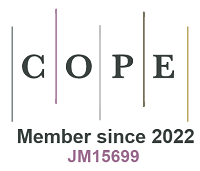Selective separation of uranium, iodine and pertechnetate by porous materials
Abstract
The rapid development of nuclear energy demands both the continuous supply of nuclear fuel and the safe treatment of spent fuel. Efficient extraction of U(VI) is critical for nuclear fuel preparation and the nuclear fuel cycle, while the selective removal of other fission products is essential for controlling radionuclide pollution. In this mini-review, we summarize recent advances in the separation and capture of uranium, iodine, and pertechnetate using porous nanomaterials through sorption, photocatalysis, and electrocatalysis strategies. Macroscopic experimental studies, combined with advanced spectroscopic characterizations and theoretical calculations, demonstrate that U(VI) can be selectively adsorbed by specific functional groups and active sites, photocatalytically precipitated as UO2 or (UO2)(O2)·4H2O under visible light irradiation, and electrocatalytically converted into UO2, U(IV)-containing bimetallic oxides, or Na2O(UO3·H2O)x precipitates. 99TcO4- can be effectively separated through halogenation-assisted ion exchange or electrocatalytic reduction to form insoluble 99TcO3. Iodine separation is primarily achieved through electron transfer processes that lead to the formation of I3- and I5- species from adsorbed I2 molecules. The separation performance depends on the structures, active sites, and functional groups of the porous materials, as well as environmental conditions such as pH, coexisting ions, and temperature. Finally, the challenges and future perspectives for the practical application of porous materials in radionuclide separation are discussed from the authors' viewpoint.
Keywords
Uranium, iodine, pertechnetate, separation, porous materials
Cite This Article
Chen H, Fu D, Chen Z, Wang S, Wakeel M, Wang X. Selective separation of uranium, iodine and pertechnetate by porous materials. Chem Synth 2025;5:[Accept]. http://dx.doi.org/10.20517/cs.2025.27












